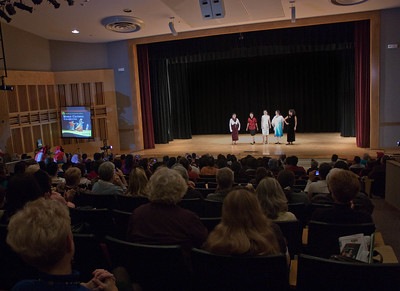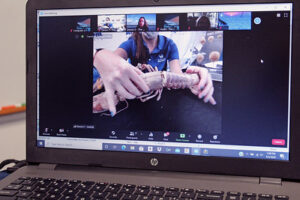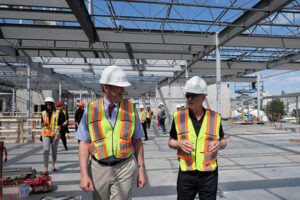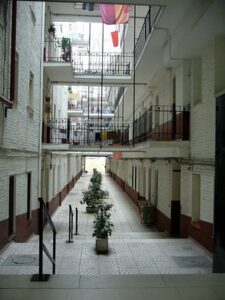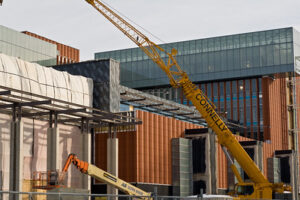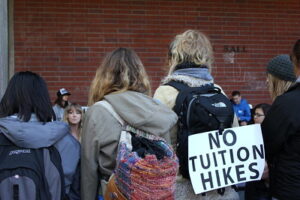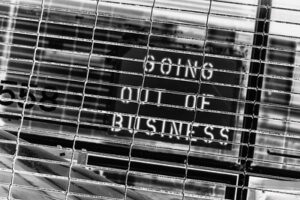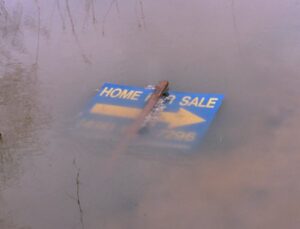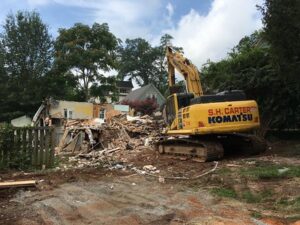The Morris Lawrence Building is open again. Finally, after nearly two decades of delays, significant scope creep, and cost overruns, the MLB has the upgrades that WCC claimed as its number one priority in 2013. (Section F, Page 1) That alone explains why the Board of Trustees must apply an Asset Protection clause to any WCC President’s contract.
WCC’s approach to campus building maintenance and capital refreshes has been nothing short of horrible. Delay results in a colossal waste of taxpayer resources by doubling or even tripling the cost of capital improvements. At one point, the Chief Financial Officer estimated that 90% of the ML Building’s renovation costs were corrective. Ninety cents of every dollar spent on the ML project paid to fix problems the administration deliberately ignored.
To illustrate this point, in the 2015-2019 WCC Capital Outlay Plan (which was written in 2013), the Administration estimated the cost of the ML repairs at $3.2M. In 2022, WCC finally performed the repairs at a cost of $13.5M. That’s a cost increase of nearly 425%. The cost increased mostly because the College administration failed to act immediately when the building first began failing its annual facilities audits.
In the ML Building, leaking skylights led to mold growth. Failure to manage rainwater runoff caused the building’s brick façade to fail at the building’s entryway. The very real danger of falling bricks prompted WCC to install safety netting over the building’s entrance. Heaving concrete at the building’s entryway created a trip hazard for occupants as they entered and exited the building.
The Board of Trustees has resisted applying an Asset Protection requirement to the President’s contract. Such an amendment would make proper capital management of the college’s assets a condition of her employment.
Morris Lawrence cost illustrates why we need asset protection
If you think this is unnecessary, consider this: every facilities audit failure documents a health or safety risk to building occupants. That’s true whether you’re talking about leaking skylights, failing plumbing, non-working heating and cooling equipment, heaving concrete, falling bricks, leaking roofs – whatever the condition is. If a fault enters the facilities audit as a failed or failing system, it is a life, health and/or safety issue.
Failing to correct such a problem is willful destruction of public property. It also creates unnecessary and unacceptable risk to the general public. And a massive liability for Washtenaw County taxpayers.
The time for accountability is NOT after someone gets sick or hurt by the deterioration of a public building. Authentic accountability ensures that no facilities failure ever goes unaddressed for any length of time, much less decades.
Administrators who believe that facilities audit failures do not require immediate correction should not have their contracts extended ad nauseam. They should be shown the door.
Photo Credit: Washtenaw Community College , via Flickr
